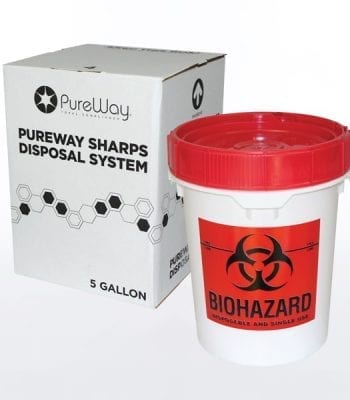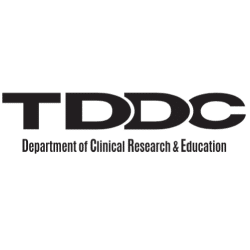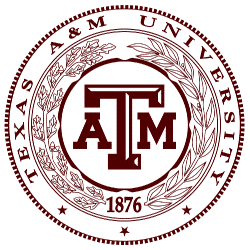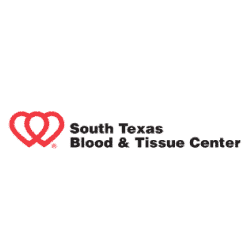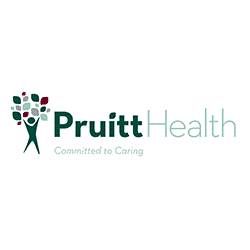Keep your patients coming back with a waste disposal management
plan from MedSharps
Whether you work at a hospital, medical clinic or doctor’s office, patients want to know
that they’ll be safe when they come in for an appointment.
According to the CDC, in 2020, 83% of American adults went to the doctor or some
other type of healthcare professional. The percentage of children making those visits
was even higher at 94%. This puts the total number of visits to hospitals, medical
clinics or doctor’s offices, including COVID-related visits, at 860.4 million. That’s a lot of
people potentially coming through your doors.
The inpatient experience is so important that a national survey was created by two
federal agencies, The Centers for Medicare & Medicaid Services (CMS) and the Agency
for Healthcare Research and Quality (AHRQ).
It was developed on the premise that a positive patient and family experience while in a
medical facility or doctor’s office will often result in better overall health outcomes for
the patient. Clear communication from health care providers helps patients and families
understand how to best manage their health and lower the likelihood of hospitalization.
The survey asks a variety of questions about interactions with doctors, nurses and
other medical staff to gauge how comfortable the patient felt about the process.
One of the questions focuses on the cleanliness of the rooms and the facility. This is
obviously a crucial factor that can have a positive or negative effect on the inpatient
experience.
Why is this so important? John Hopkins Medicine says, “Patients and families can use
HCAHPS survey results to objectively compare hospitals locally or nationally on
inpatient perspectives on delivery of care.”
Potential patients have more tools than ever to decide which clinic, hospital or
physician’s office they should go to and a negative review can determine whether they
come to your facility or not.
You may be thinking to yourself, “my facility is clean enough” but to fully earn and
maintain the trust of your patients, you need to make an extra commitment to doing
everything possible to keep them safe. This includes having a carefully prepared
medical waste management plan and thoughtful execution from your staff. Having this
plan in place will show your commitment to your patient’s safety and that you are
making their health and welfare a priority.
How does your facility stack up to the others in terms of cleanliness and medical waste
disposal? What can you do to make your facility as safe and clean as possible for your
patients?
Beyond routine cleanings, here are four things you should do:
- All exam rooms, labs, or any space where medical services are rendered should
have medical waste containers for all possible types of biohazardous or infectious
materials. Sharps containers are used for needles syringes, lancets or scalpels while
infectious waste containers are used for blood-soaked bandages, rubber gloves,
cultures or any waste that could contain pathogens. - Put containers in the correct location. The Center for Disease Control says, The
container should be placed in a visible location, within easy horizontal reach, and
below eye level. The container should also be placed away from any obstructed
areas, such as near doors, under sinks or near light switches. - Get the right container and label them clearly and appropriately. They must be
puncture-proof and shatter-proof with a closure that minimizes exposure. - Partner with a waste disposal service that knows the rules of compliance and will
remove medical waste on a timely basis.
When your patients walk into your facility, you want them to feel safe and it all starts
with having a clean facility where medical waste is disposed of properly. If you want to
make your patient’s health and safety a priority, contact MedSharps today to make
sure your medical waste management plan is making the grade.
MedSharps has locations in Texas, North Carolina, and Georgia to service all your
medical waste needs.
